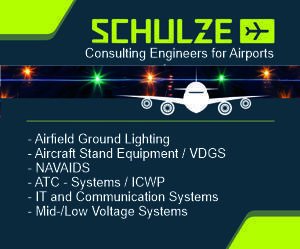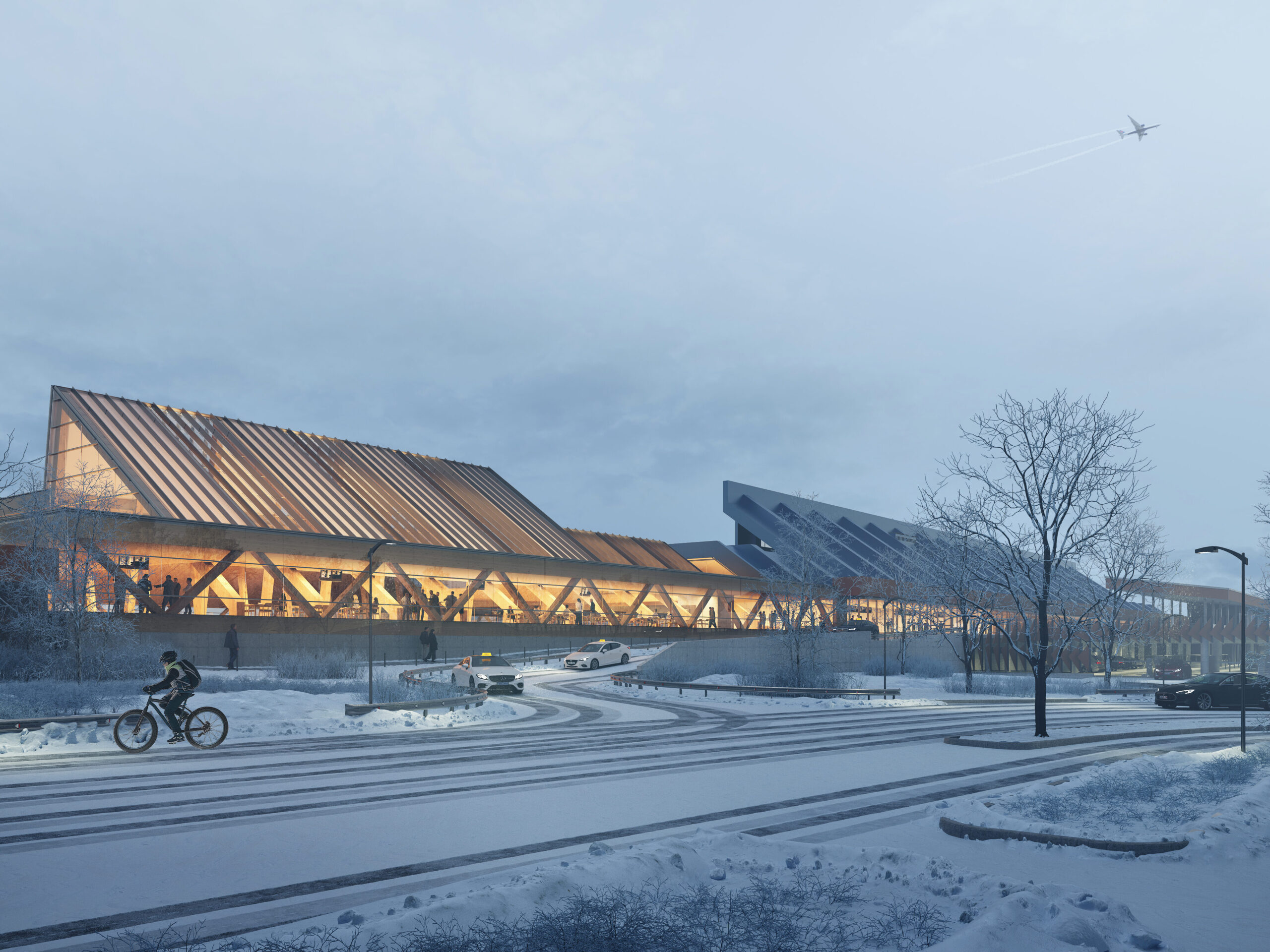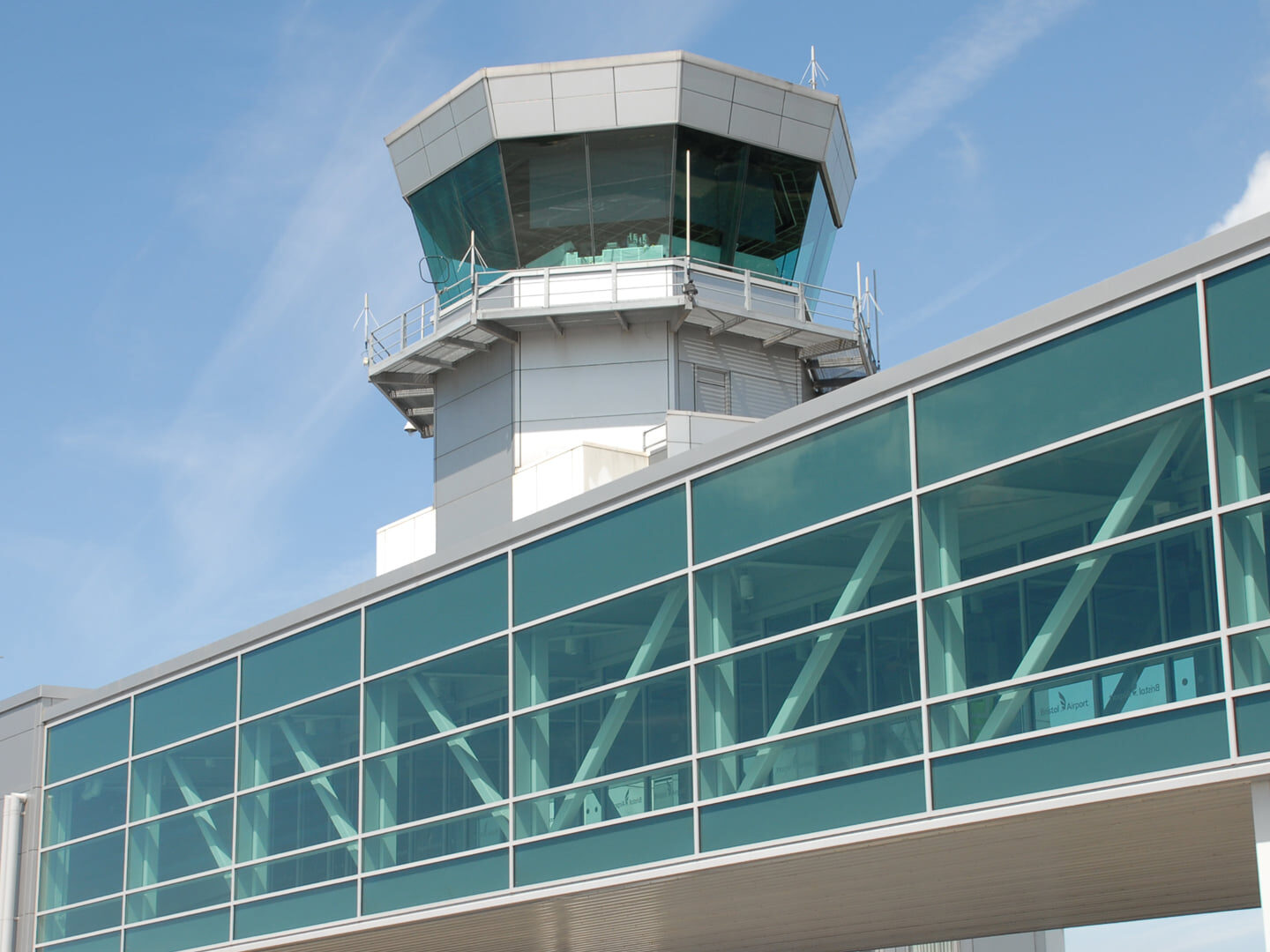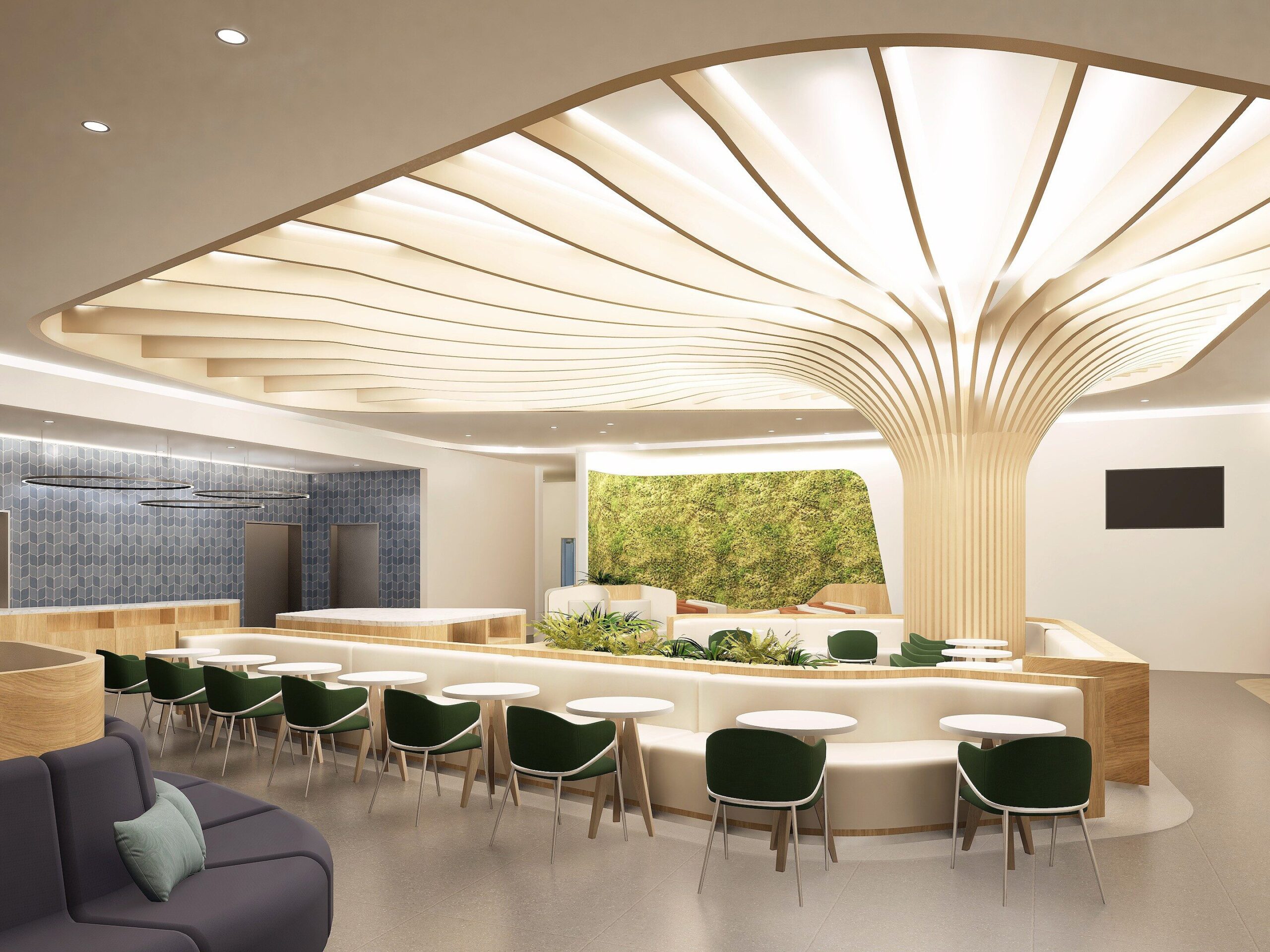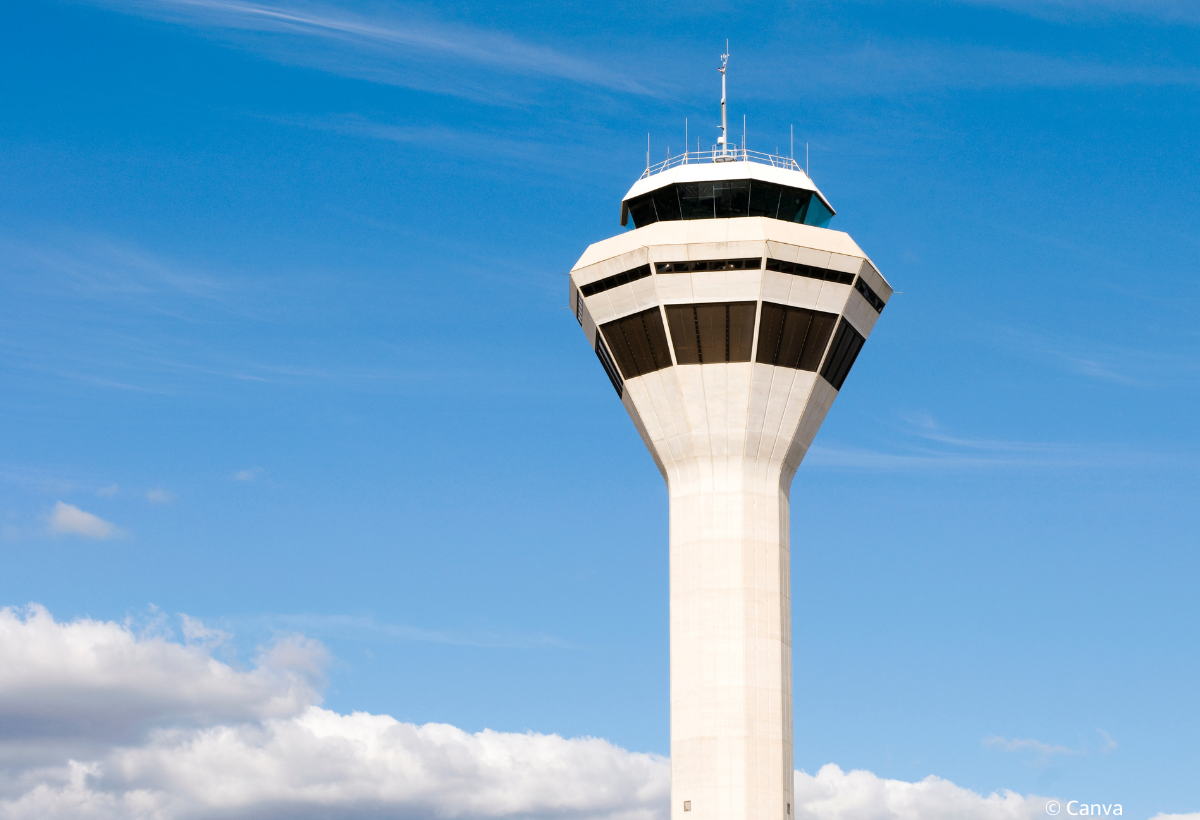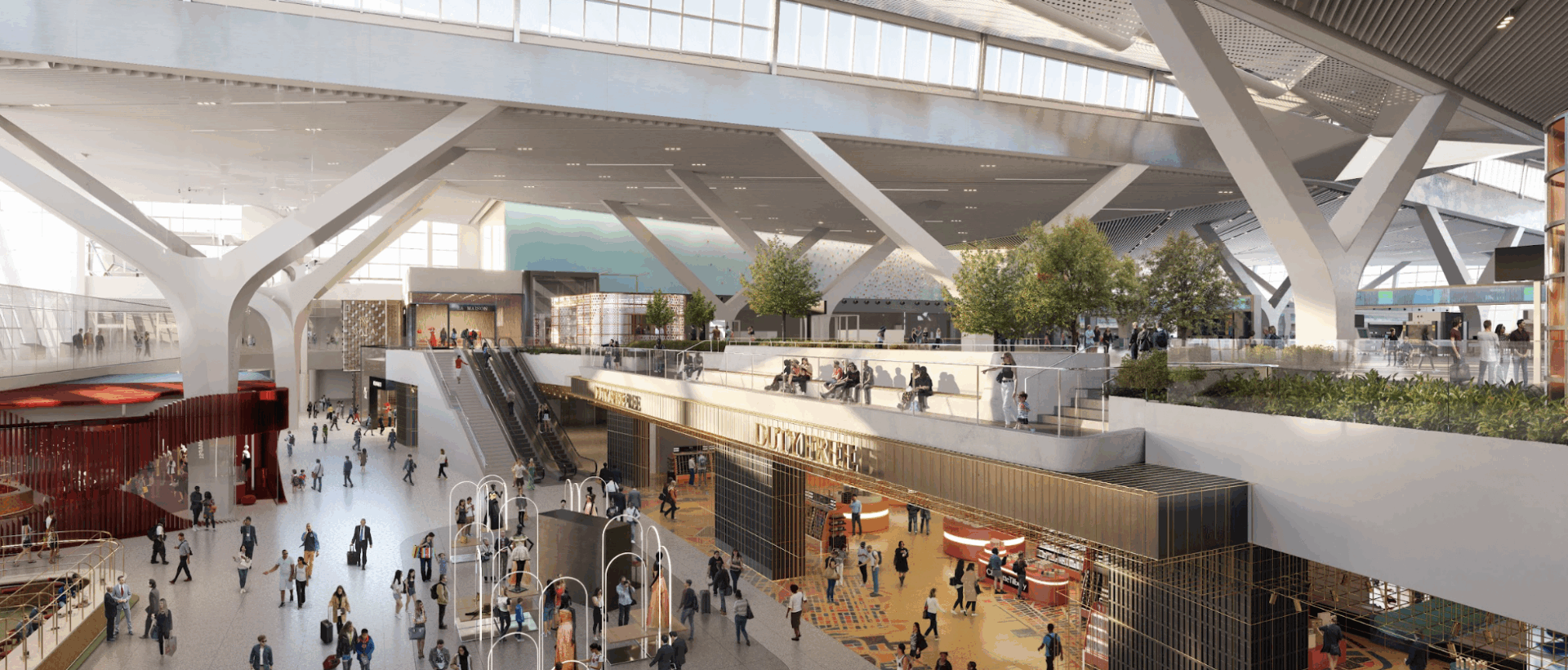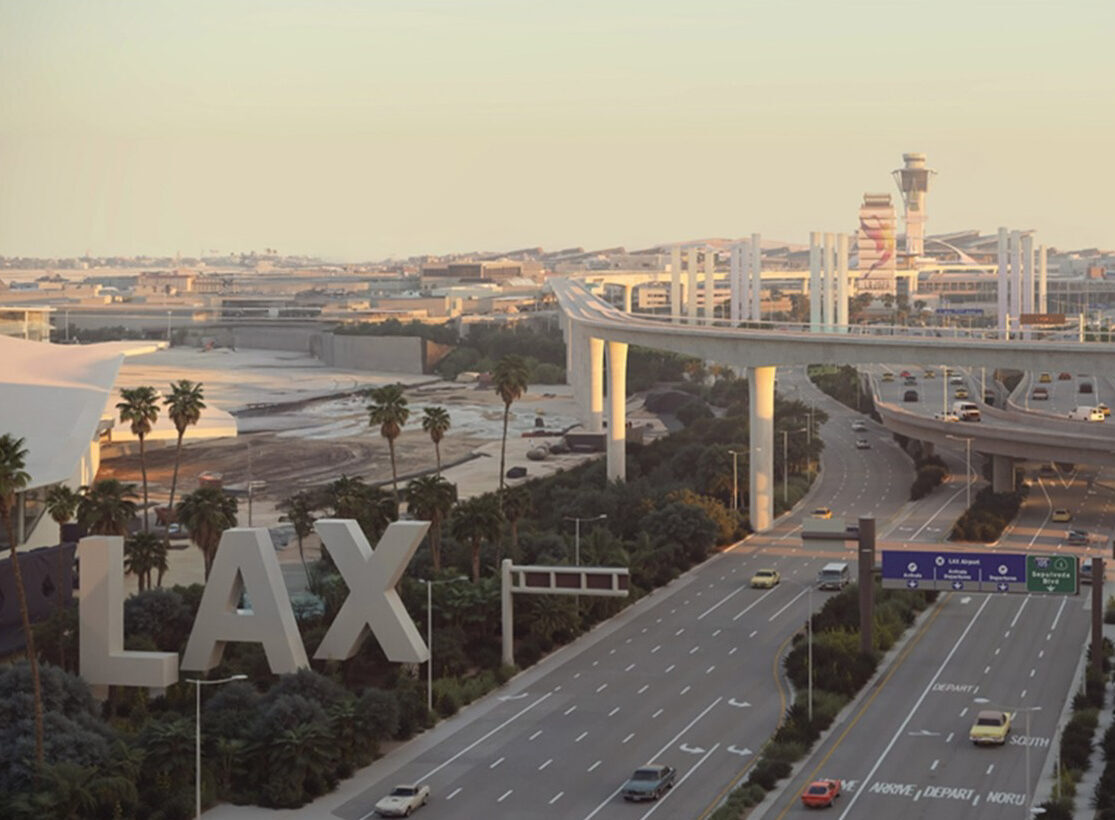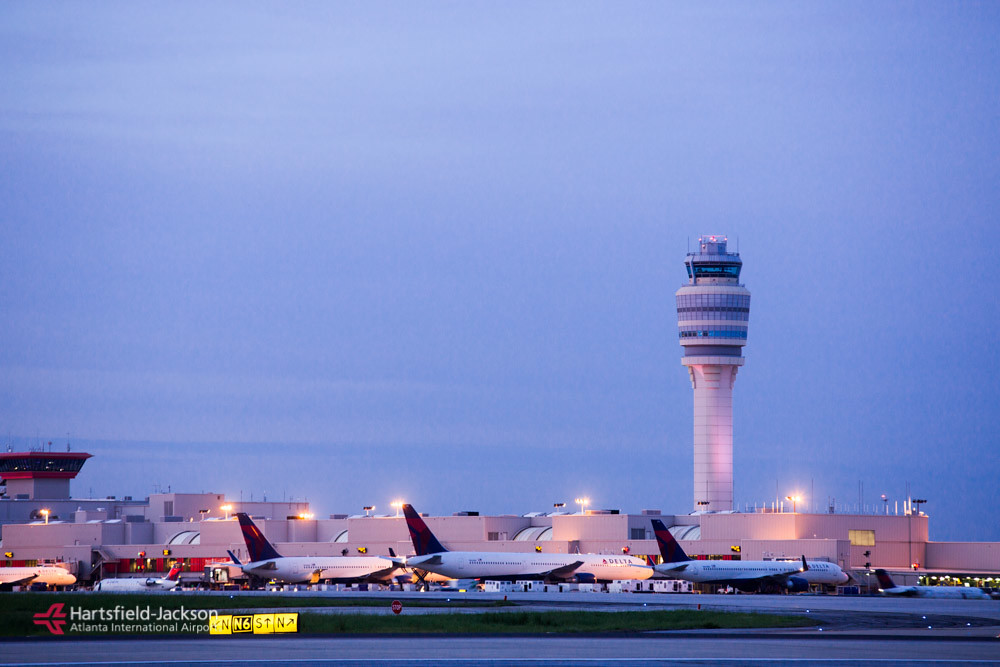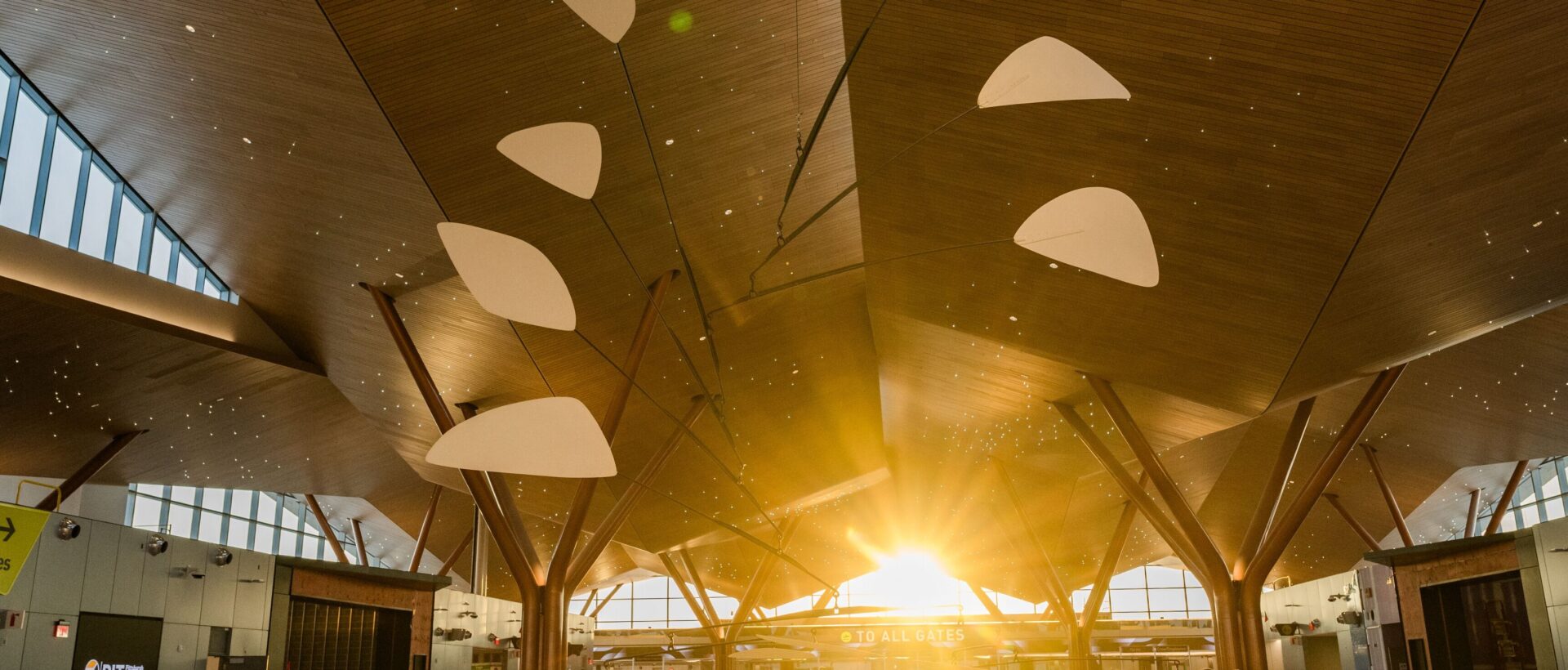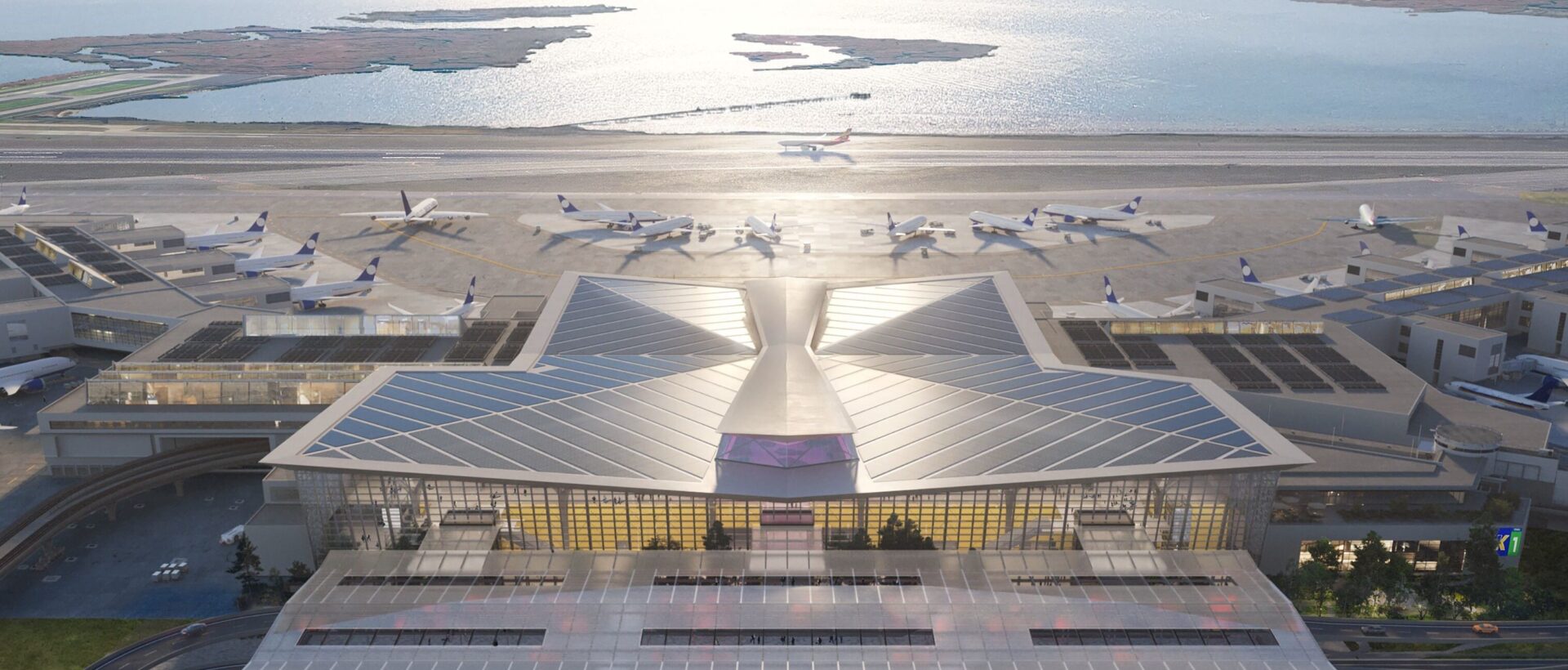Pittsburgh International Airport (PIT) has officially opened its brand-new landside terminal. The 1.7 billion USD facility is designed to modernise the airport’s operations, improve passenger experience, and reflect the character of the Pittsburgh region.
The new terminal replaces a 33-year-old building originally built when PIT functioned as a major US Airways connecting hub. The old layout required passengers to transfer between the landside check-in area and the airside concourses via an underground tram — a system now being retired.
With the opening of this terminal, check-in, security, and baggage claim are now housed in a single, streamlined building, dramatically reducing walking times. Officials say that the time from curb to gate has been halved for many passengers.
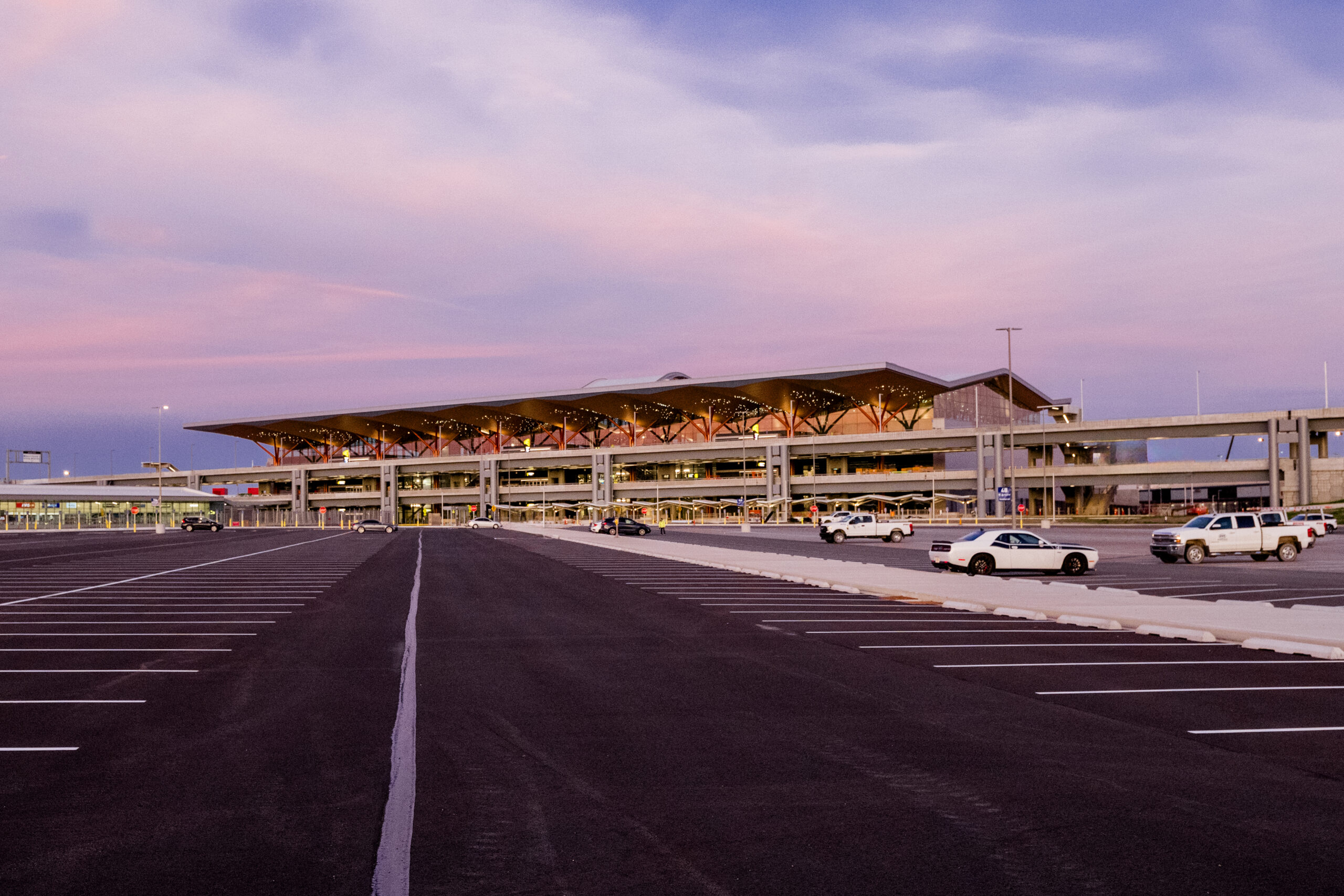
The architectural design, led by Gensler, Luis Vidal + Architects, and HDR, draws inspiration from the Western Pennsylvania landscape. Tree-like steel columns, wood-finish ceilings, and large windows bring natural elements inside. theintelligencer.net The terminal also features four outdoor terraces, two before security and two after, landscaped with native plants for a calming, open-air experience.
Security has been dramatically expanded: the terminal now offers 12 TSA lanes, while consolidating previous checkpoints into one. The screening uses CT technology, including smart scanners that allow passengers to leave liquids and laptops in their bags, and automated bin returns to simplify throughput.

A major improvement comes in baggage processing. The new system reduces the length of conveyor belts from around 8 miles to just 3 miles, with optimised routing that is expected to cut luggage delivery times by roughly half. There are also eight large baggage carousels, allowing for more efficient arrivals.
Parking has also been addressed in this redevelopment. The new terminal is served by a 3,300-space covered parking garage, complemented by a surface lot, giving over 6,000 parking spots within a five-minute walk of the terminal. The garage is equipped with a smart guidance system: overhead sensors and green lights help drivers identify free spaces in real time.


